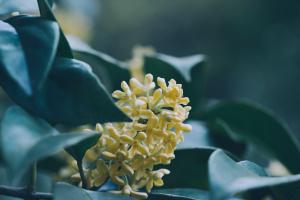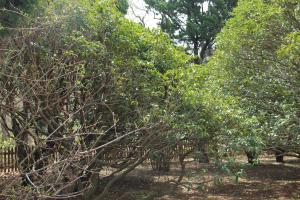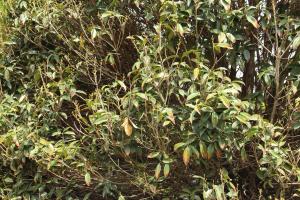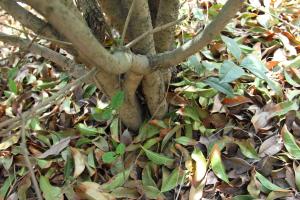I Basic features:
1. Osmanthus fragrans. Osmanthus fragrans is a kind of Osmanthus fragrans specialized in horticulture. It can bloom continuously, and its aroma is stronger than that of other varieties of Osmanthus fragrans. The crown of Osmanthus fragrans is like a sphere and close to an ellipsoid, and the branches and leaves grow closely and crowded. Its bark is light gray, and its leaves are green or dark green, with a certain gloss. The flowering state of Osmanthus fragrans is slightly different according to time. It looks like an umbrella at the beginning of flowering and when it is about to open and fall, and it looks like a cone at the peak of flowering. The flower color of Osmanthus fragrans in four seasons is from light yellow to lemon yellow, with strong flower fragrance
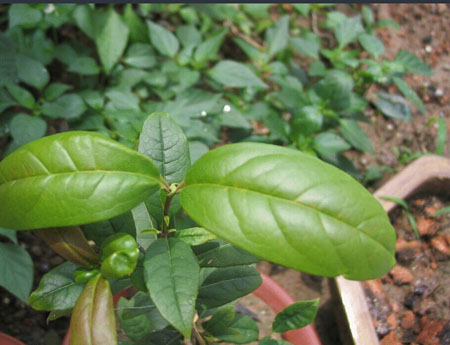
2. Four seasons laurel. The leaves of sijigui grow symmetrically, the leaves are relatively thin, the leaf surface is very smooth, and the bark is dark brown. The twigs are cylindrical and generally have no hair on the branches. The flower color of four seasons osmanthus is white or light yellow, and the aroma is generally light
II Growth habits:
1. Osmanthus fragrans. Osmanthus fragrans has strong adaptability, can withstand the cold and arid environment, and is very good for cultivation. Osmanthus fragrans likes fertile acidic soil and slightly cool and humid climate. It is widely distributed in all regions of China. Osmanthus fragrans can bloom continuously every year, and its buds are constantly differentiated and flowering. Even if there are flowers on the aged dead branches, they can bloom intensively in the future
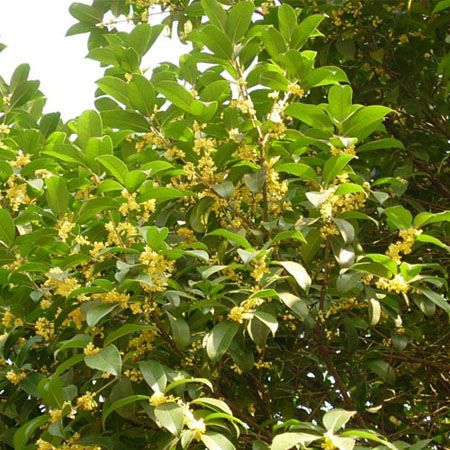
2. Four seasons laurel. Sijigui likes a humid and sunny environment and has high requirements for soil. It is most suitable to grow in fertile soil with good drainage. The soil must also be acidic. Sijigui has certain cold resistance, but it can't withstand the particularly cold climate. The temperature should be between 20-30 ℃. As long as there is no cold wave in winter, it can generally spend the winter
The above is the difference between the two Osmanthus fragrans introduced by Xiaobian today. Do you know how to distinguish them now? If you encounter it again in the future, you must not make a mistake! If these introductions can bring harvest to you, Xiaobian also feels very happy
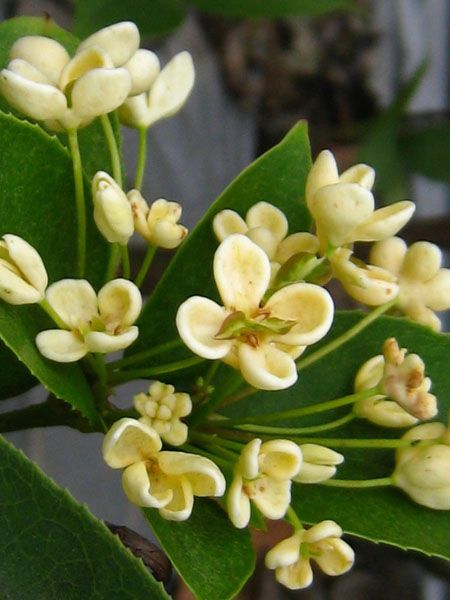

 jackfruit
jackfruit snake plant
snake plant hibiscus
hibiscus hydrangea
hydrangea lavender
lavender Green roses climb al...
Green roses climb al... If you don't pay att...
If you don't pay att... Management of four g...
Management of four g...

